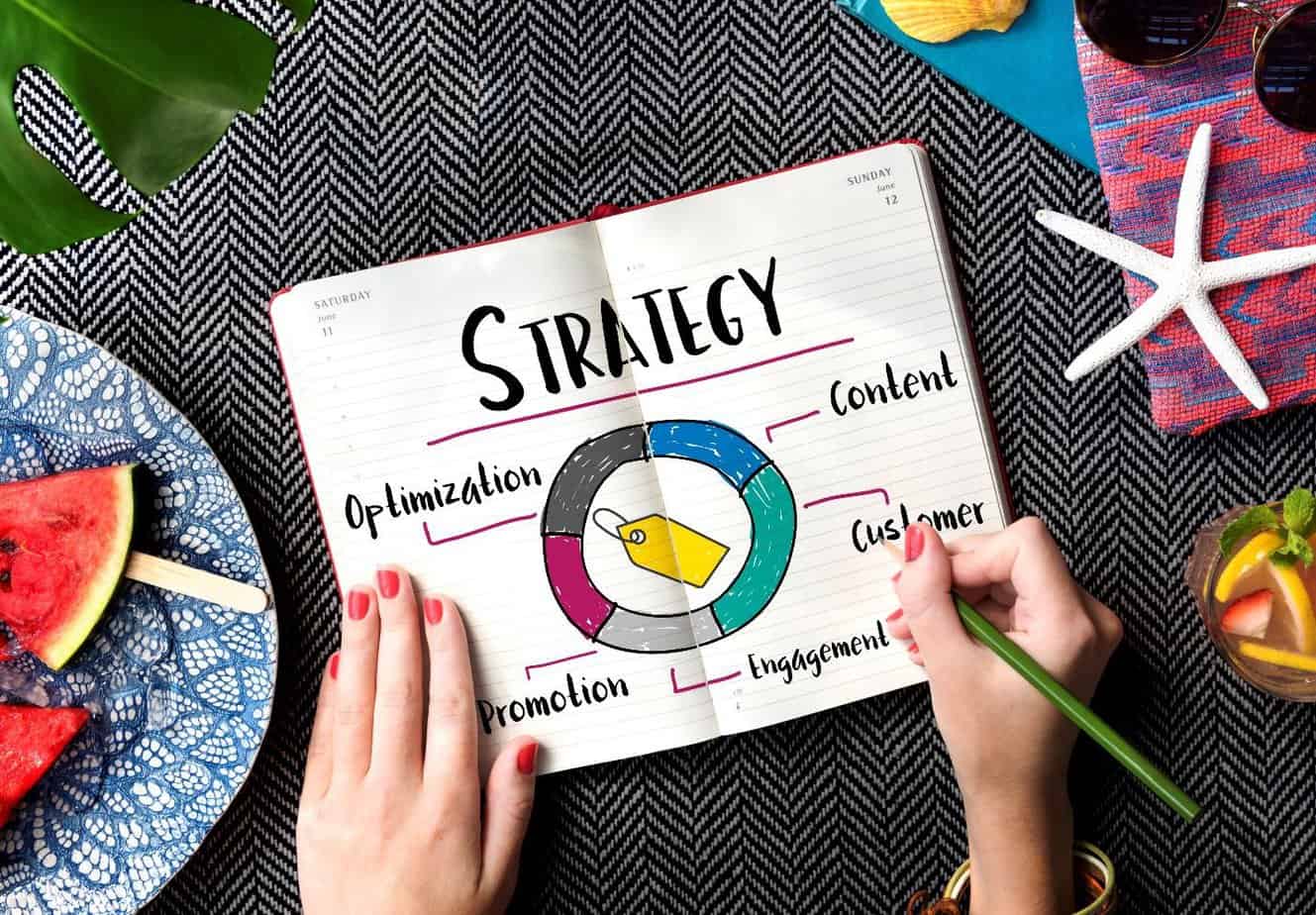
Google rolls out hundreds of algorithms every year and SEO specialists have to work hard to adapt their strategies to ensure that they stay in line with on-page best practices. It’s important to adhere to these best practices in order to enhance online visibility for businesses.
So, whether you opt for professional search engine optimisation services or you run your own SEO in-house, it’s essential that you keep up to date with the latest on-page SEO best practices. So, what are these? Let’s take a closer look, below.
Unique Titles, Descriptions, and Content
One of the most important SEO best practices to always keep in mind and avoid is duplicate content. Google has in fact stated that you should avoid any near-duplicate content across the entire site, which is a rule that you should apply to every piece of content. This includes title tags, meta descriptions, landing pages, image alt text eCommerce product pages, and category pages.
Optimize Your Title Tags
Your title tag is key when it comes to on-page SEO. The best practice is to ‘front-load’ your main keyword. Essentially, this means placing your main target keyword at the front of the title tag. This is important as search engines actually pay close attention to the terms that you use in your title tag.
However, Google also puts emphasis on phrases and words that show up early in your title tag. Sometimes you cannot use your main target keyword at the start of a title tag as it may sound weird or unnatural; although they need to be optimized, they also need to be user friendly too. So, if you are unable to start off your title tag with your main keyword then just include it as early as you can.
Optimize Loading Speed
It’s highly recommended that you ensure that your site loading speed is as quick as possible, especially on mobile devices. Not only is it a ranking factor, but users won’t hang around if a site takes ages to load.
So, where do you start?
Firstly, benchmark the current loading speed of your site, as this allows you to know where you are before you start making any changes. Then use an online tool of your choice, such as the PageSpeed Insights Tool, which will provide you with a detailed report, including ways to improve your loading speed.
From compressing image sizes to using lightweight themes, there are a number of ways that you can enhance your loading speed, so if yours is slow then you have lots of options.
Set Up Google Search Console
Otherwise referred to as GSC, Google Search Console is ideal for tracking your results. It’s like a live dashboard, which enables you to see how your site is doing in the SERPS. In GSC, there are lots of features and tools that you can tap into. You can track your impressions and clicks, and features include coverage, enhancements, and performance.
Implement Internal Linking
Internal linking is actually one of the easiest SEO best practices to implement in your strategy. All you need to do is add a link from one page to another through target keywords. For example, if your keyword on your homepage was ‘digital marketing services’, you would use this keyword as an anchor on another page.
Improve User Experience
By improving the user experience across your site it can indirectly and directly help your SEO. It can help directly, as Google knows when people are ‘pogo-sticking’ when they land on your site from search results. If lots of people bounce from your site, then this tells Google that your result didn’t provide that searcher with what they are looking for.
If your site is hard to use, you need to improve the UX of the site to ensure that you retain users once they have found and clicked on your site. From implementing CTAs across the site to fixing broken links and changing the design, there are a number of ways you can improve user experience and reduce the bounce rate of your site.
Add Your Main Keyword Early In The Content
The location of your keyword in your content can make a difference, which is why it’s important that you mention your main keyword at least once at the top of your page of content. This is because Google tends to put more weight on terms that appear at the top of the webpage.
As you can see, these SEO best practices are very important for on-page right now, if you wish to get the best ranking positions possible. If you have any questions or want advice regarding your SEO, speak to a digital marketing agency who will have a team that specializes in that area.




